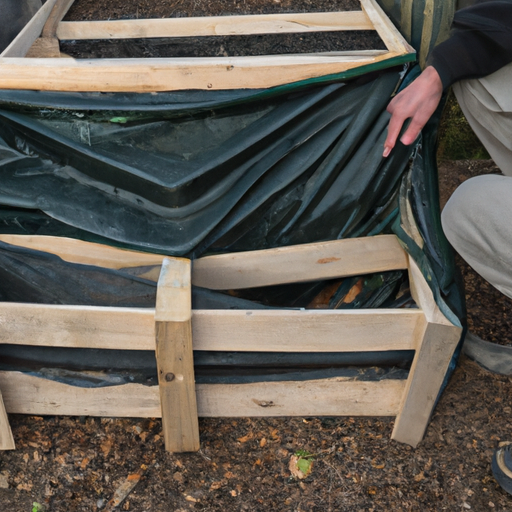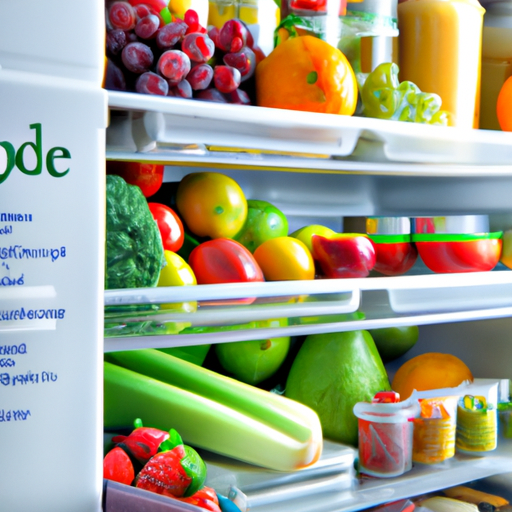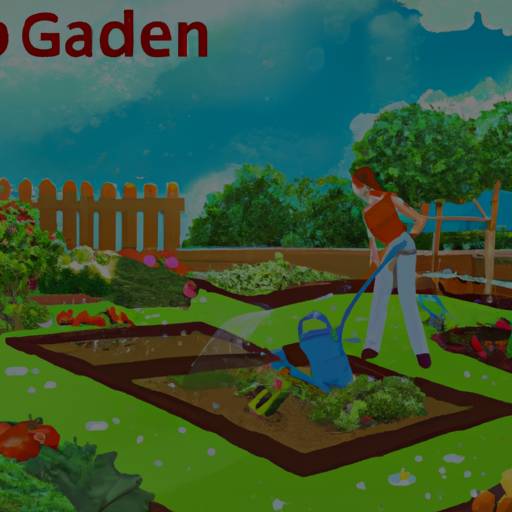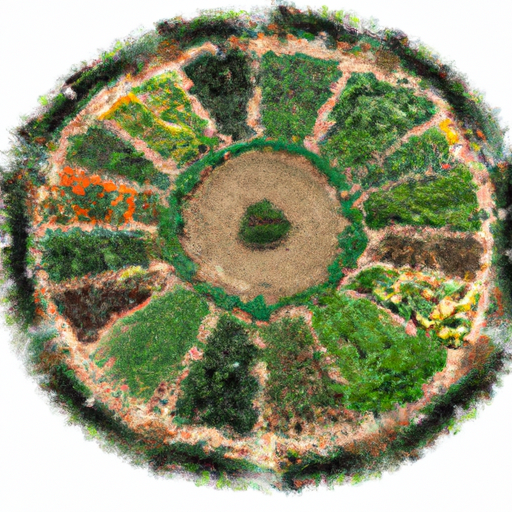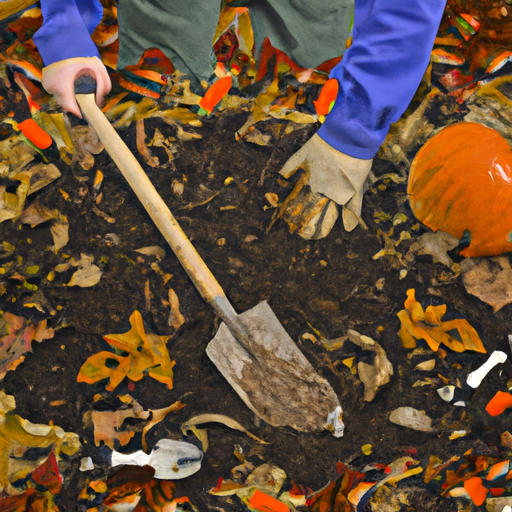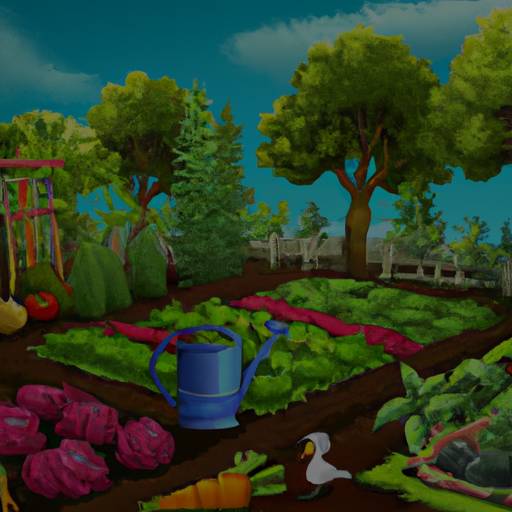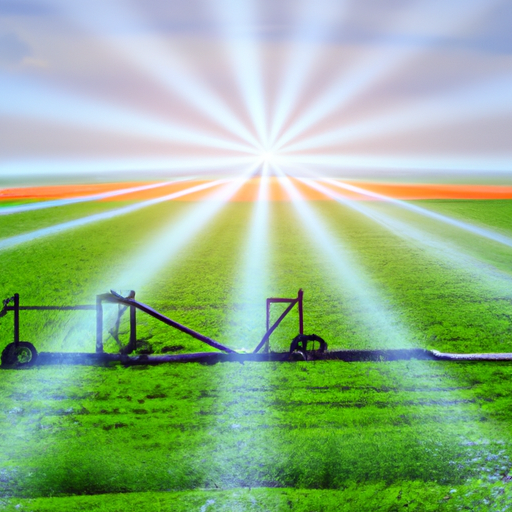Are you tired of spending money on fertilizers and soil conditioners? Do you want to start composting but don’t know where to begin? Look no further than DIY composting! Building your own compost bin is an easy, affordable way to turn food scraps and yard waste into rich, nutrient-packed fertilizer for your garden.
As a Master Gardener, I highly recommend starting a home compost system. Not only does it reduce waste going to landfills, but it also improves soil health and reduces the need for chemical fertilizers.
Plus, building your own compost bin allows for customization based on the size of your household and available space. So grab some tools and get ready to learn how to build your very own compost bin!
Benefits Of Composting At Home
Oh, hello there! You must be wondering why a Master Gardener like myself is grinning from ear to ear.
Well, it’s because I know the secret to reducing waste and lessening our environmental impact – composting at home!
Yes, my dear friends, you too can turn your kitchen scraps and yard waste into beautiful, nutrient-rich soil for your plants.
Not only will this save you money on store-bought fertilizers, but it also diverts organic matter from landfills where they release harmful gases.
Plus, nothing beats the satisfaction of knowing that you are doing your part in creating a healthier planet while reaping the benefits of a bountiful garden.
So let me guide you through the joys of DIY composting and watch as your green thumb flourishes without breaking the bank or harming Mother Earth.
Materials Needed For Building A Compost Bin
Now that we know the benefits of composting at home, let’s dive into how to build our own compost bin. To make this project cost-effective and eco-friendly, there are some materials you can use as alternatives such as repurposing household items.
Here is a list of what you will need for your DIY Composting: How to Build Your Own Compost Bin:
– A container with no bottom (such as an old trashcan or wooden pallets)
– If using wood pallets, make sure they are untreated
– Drill
– Screws or nails
– Wire mesh or chicken wire
– Shovel
Using these cost-effective alternatives and repurposed household items not only saves money but helps reduce waste in landfills by giving new life to something that was once considered useless. It also promotes self-sufficiency and sustainability by allowing us to create nutrient-rich soil for our gardens while reducing our carbon footprint.
So gather your materials and get started on building your very own compost bin!
Step-By-Step Guide To Building A Compost Bin
Imagine walking through your garden and seeing lush, vibrant plants thriving in nutrient-rich soil. Composting is the key to achieving this bounty of growth, and building a compost bin is the first step towards creating your own organic fertilizer.
There are various compost bin designs to choose from, but one of the most popular is the classic barrel design. To begin, select a location for your compost bin that receives partial shade and has good drainage. Gather materials such as wood or wire mesh fencing, screws or ties, and a door latch.
Follow these steps:
– Cut the material into four equal lengths.
– Connect them at each corner with screws or ties.
– Add hinges to one side for easy access.
– Attach a door latch on the opposite side to keep animals out.
– Drill holes around the sides of the bin for ventilation.
Voila! Your very own composting system awaits you without breaking the bank.
Tips For Maintaining Your Compost Bin
Maintaining your compost bin is just as important as building it.
Troubleshooting composting issues can be frustrating but don’t give up! If you notice that the compost isn’t breaking down, try adding more green material or turning the pile more frequently.
On the other hand, if the compost smells bad, add some brown material like dry leaves or wood chips to balance out the moisture content. Odor control is crucial for keeping your neighbors happy and preventing pests from being attracted to your bin.
Additionally, make sure to keep a good mix of nitrogen-rich (green) and carbon-rich (brown) materials in your bin to promote healthy decomposition. Remember not to add meat, dairy products, or pet waste to your compost as these items can attract animals and create an unpleasant odor.
With patience and a little bit of effort, maintaining your own compost bin can yield rich rewards for both you and your garden.
Using Your Homemade Compost In The Garden
Now that you’ve learned how to maintain your compost bin, it’s time to reap the rewards of all your hard work!
But first, let me ask you something: do you want healthier plants and vegetables in your garden? Of course, you do!
That’s why using your homemade compost is essential. Composting techniques are not only beneficial for the environment but also for soil enrichment. By adding organic matter to your soil through composting, you can improve its texture and water-holding capacity while increasing nutrient levels.
Plus, homemade compost helps suppress plant diseases and pests naturally, reducing the need for harmful chemicals. As a Master Gardener, I highly recommend incorporating this natural fertilizer into your gardening routine.
Simply spread a generous layer of finished compost over your garden beds before planting or use it as mulch around existing plants. Your plants will thank you with vibrant foliage and bountiful harvests.
So start building that compost bin today and watch as your garden thrives thanks to the power of soil enrichment!
Frequently Asked Questions
How Often Should I Turn My Compost?
Compost bin maintenance is a crucial aspect of successful composting. One important task to keep in mind is turning frequency, or how often you should turn your compost pile.
Turning the contents of your compost bin helps aerate the material and break it down more quickly. As a Master Gardener, I recommend turning your compost at least once every one to two weeks.
This will ensure that all parts of the pile are being exposed to oxygen and moisture, which are essential for efficient decomposition. However, if you have limited time or resources, turning your compost once a month can still yield good results.
The key is to monitor the temperature and moisture levels regularly and adjust accordingly. With proper turning frequency and other basic maintenance practices, you can create nutrient-rich compost for your garden in no time!
Can I Compost Meat And Dairy Products?
Composting ethics are the backbone of any successful composting operation.
As a Master Gardener, I often get asked if meat and dairy products can be used in composting.
While they are great sources of nitrogen that provide valuable nutrients to your soil, it’s important to consider the ethical implications of using animal-based materials in your compost.
Instead, why not explore alternative organic materials like fruits and vegetables, grass clippings, or even coffee grounds?
These options are just as effective at creating nutrient-rich soil for your garden while also aligning with sustainable and cruelty-free practices.
How Long Does It Take For Compost To Be Ready For Use?
When it comes to composting techniques, the question of how long it takes for compost to be ready for use is a common one.
Composting benefits are numerous, from reducing waste and greenhouse gas emissions to improving soil health and plant growth.
The answer to this question depends on various factors such as the type of materials used in your compost pile, the size of your bin, and the climate in your area.
Typically, it takes anywhere from two months to a year or longer for compost to fully mature.
Regularly turning and watering your compost will speed up the process.
Once your compost looks dark, crumbly, and smells earthy, you know it’s ready to be mixed into your garden soil.
What If My Compost Smells Bad?
Dealing with odor is a common issue when troubleshooting compost problems.
Let’s be honest, there’s nothing worse than opening up your DIY compost bin and being hit with an awful stench that could knock out a horse!
But fear not, fellow gardeners!
This is where your expertise as a master gardener comes in handy.
Simply put, bad smells mean something isn’t quite right in your composting mix.
It could be too wet or not aerated enough.
The good news is that this problem can easily be fixed by adjusting the moisture levels and turning the pile more frequently.
So don’t let foul odors discourage you from composting; just remember to stay vigilant and take action if necessary!
Can I Use Newspaper Or Cardboard As Brown Materials In My Compost Bin?
Newspaper vs. cardboard: which is better for composting?
As a Master Gardener, I recommend using both!
While newspaper contains more carbon and can help balance out nitrogen-rich kitchen scraps, cardboard provides structure to your compost pile and breaks down slowly over time.
However, it’s important to avoid glossy or colored paper products as they may contain harmful chemicals.
Don’t limit yourself to just these two options though – there are plenty of alternative brown materials for your compost bin such as leaves, straw, and sawdust.
Experiment with different ratios and combinations until you find the perfect mix for your garden’s needs.
Happy composting!
Conclusion
Well, my fellow garden enthusiasts, we have reached the end of our composting journey.
I hope this article has inspired you to build your own compost bin and start creating nutrient-rich soil for all your plants.
Remember to turn your compost regularly, avoid meat and dairy products (unless you want some unwanted guests), and be patient as it takes time for the magic to happen.
And if by chance, your compost starts to smell a little funky, don’t worry – it’s just nature doing its thing.
Embrace the aroma like a true master gardener and know that in due time, you will have a beautiful pile of black gold at your disposal.
So go forth, my friends, and let’s make our gardens thrive with DIY composting!
